The Teton Crest Trail is one of the most iconic backpacking treks in the whole United States, and it is a must for anyone interested in diving into the wilderness for a few days who can make it to northwestern Wyoming. The trail is over 40 miles depending on the side trips, and it rarely drops below 9,000 feet elevation, making it an excellent way to experience high elevation alpine tundra with dramatic glacier cut canyons and craggy peaks all around you. The Grand Teton range is one of the most photographed mountain ranges in the world, and on this trail you will get to see them from angles that most people never put the effort into experiencing.
The youngest range in the Rocky Mountains, the Teton Range rises 7,000 feet above the Jackson Hole valley and provides almost unparalleled biodiversity that remains relatively untouched since paleolithic times. For nearly 200,000 years Jackson Hole sat below a layer of ice 2,000 feet thick, a localized ice age that ended roughly 15,000 years ago. There are approximately a dozen named glaciers still in the park, many of which were established between 200 and 600 years ago in the “Little Ice Age.” Teton Glacier is the largest, though Schoolroom Glacier below Hurricane Pass will be the closest encounter on the Teton Crest Trail.
This is a long one-way hike, so there are several logistical challenges that need to be planned out beforehand. There used to be a public shuttle in Grand Teton National Park, but this was recently bought out by a private lodge in 2016 and is very difficult to use for this purpose anymore. There are several options remaining that range from private shuttles to cabs to renting two cars, but these are not cheap, so research the best option that fits within your budget. Leave your car at String Lake Trailhead and make your way using one of the aforementioned methods to Teton Village, where the lift that runs all summer will take you to the top of Rendevous Mountain for $40 to $50 per person.
There is also the added challenge of reserving campsites for your trip. These go very quickly due to the popularity of the hike and the limited spots available. There are first-come, first-served spots as well, but you are advised to arrive at the ranger station up to an hour before opening to make sure you get the spots you want. You will also need to arrive at the ranger station in either case to pickup your permit, confirm your knowledge of bear safety, and borrow (for free) an approved bear canister for all backcountry food storage.
For most, the hike begins at Rendevous Mountain to maximize time above 9,000 feet and to get right into the thick of it. Some will climb Granite Canyon to begin the trip, but this is a less scenic option that makes for a very long and tough first day that can mostly be skipped without missing any of the major points on the trip.
Your first day will likely involve camping in either Upper or Lower Granite Canyon, or at Marion Lake if you’re really lucky. There are many water sources and animals around, so keep your bear spray and camera handy. Your first pass of the trip will be Fox Creek Pass, which will not be very strenuous, but will take you over a long and level alpine tundra with expansive views in all directions. After a short climb from the pass you will enter the Death Canyon Shelf zone, the first of many iconic sections of the trip. There are dozens of bold marmots along the shelf, so keep your food put away because they love to chew through packs or pockets to get to it if you’re not keeping a close eye on your pack.
Once crossing over Death Canyon Shelf, a short climb will take you to Mount Meek Pass, the second and lesser pass of the trip. This will not be very strenuous or exposed and will take you into Alaska Basin, which offers unreserved camping since it’s part of the National Forest and not the park itself. Basin Lakes or Sunset Lake both make great spots, and it’s almost impossible to pick a bad campsite. For those who want an epic side-trip, the trail to Static Divide and Static Peak are great options in good weather. Do not attempt it late in the afternoon if it looks like clouds are gathering, as surprise lightning storms are theorized to have given the peak its name.
After you are ready to push on from Alaska Basin, the first of the two big passes will make you work extra hard for your views. Hurricane Pass is aptly named and you will agree once the winds hit you as you descend the ridge to the low point in the pass. The grand dramatic views of the back of the three main Tetons will be awfully distracting, so watch your step while traversing the pass. Lower Cascade Canyon makes a great campsite for those who took time to do the Static Divide side trip, otherwise you’ll want to push on to Upper Cascade Canyon if your reservation allows.
A long descent down to one of the few spots below 9,000 feet will hit you just before the long ascent to the highest elevation of the hike at Paintbrush Divide (10,700 feet), a very exposed and narrow pass that you can only access after miles of balcony trail through boulder fields on the canyon wall. The views along this portion of the trail are spectacular, so be prepared to stop every 30 seconds for another picture of Grand Teton framed perfectly by Cascade Canyon.
On the other side of Paintbrush Divide will be views into several canyons; follow the trail to the right for excellent campsites in Upper Paintbrush and around Holly Lake (if you can get the permit). The lower areas of Paintbrush Canyon are prime moose and elk habitat, so keep an eye out, especially in the more forested areas. The trail will pop you out into Jackson Hole around String Lake, where your car will be waiting to take you into town for a well deserved meal and hot shower. Grand Teton is a park that will keep calling you back again and again.
Note: Pay close attention to snowfall as the roads and mountain passes may not be passable.
Logistics + Planning
Current Weather: Powered by Dark Sky







Preferable season(s)
Congestion
Parking Pass
Pros
Cons
Trailhead Elevation
Features
Typically multi-day
Nearby Adventures
Nearby Lodging + Camping
Powered by Wear OS by Google, the Casio PRO TREK WSD-F21 comes equipped with a variety of features ideal for adventure, including GPS, Location Memory, Moment Setter, and more. It is outfitted with a heart rate monitor for pace management during activities from road and trail running, to cycling, climbing and more. Packed with Casio’s Triple Sensor technology, dual-layer LCD and water resistance, PRO TREK Smart is the rugged, stylish and versatile timepiece to enhance any outdoor experience.

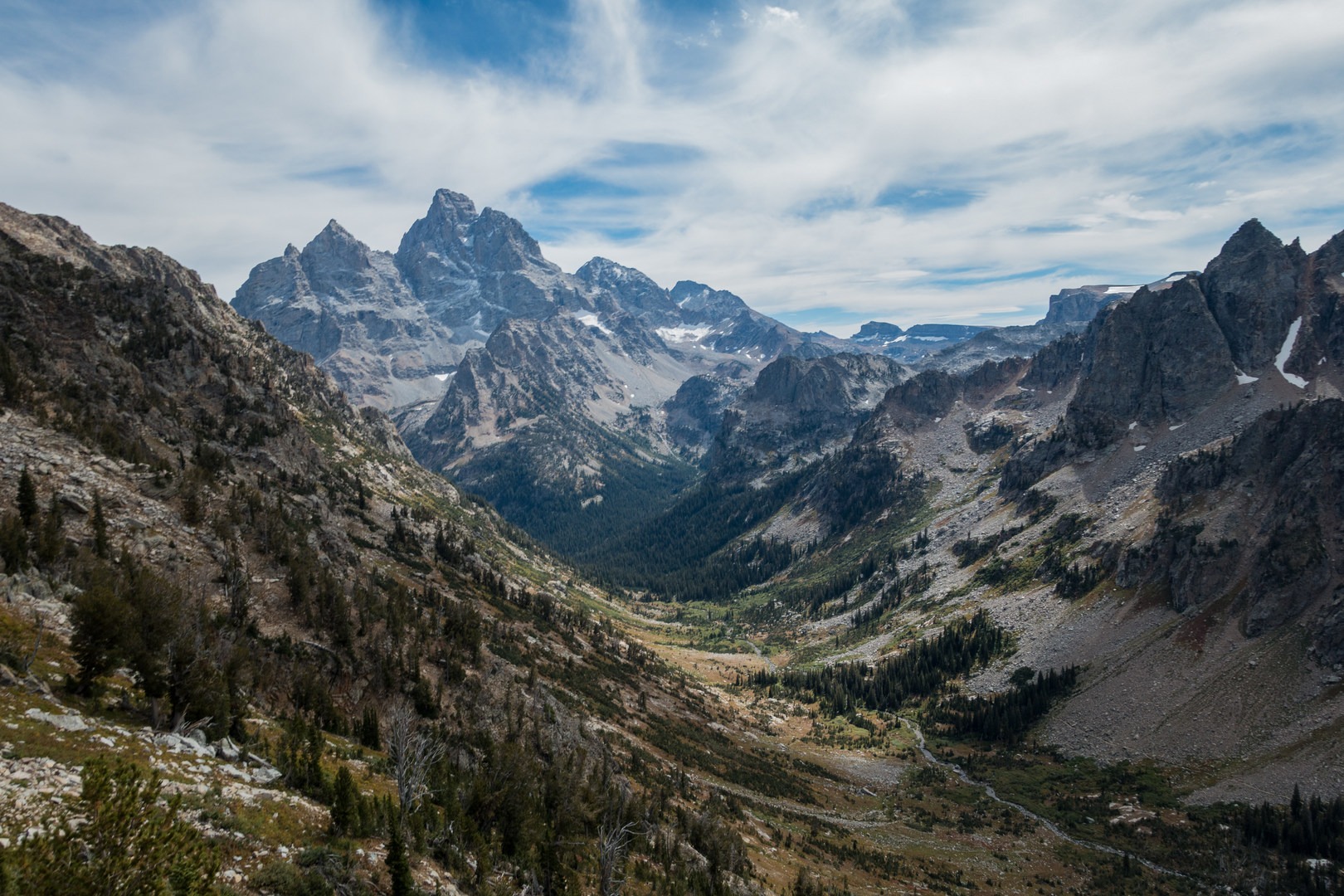













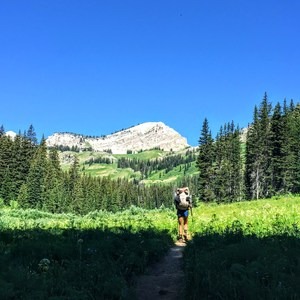
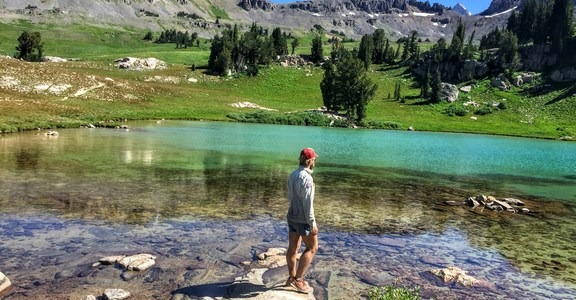
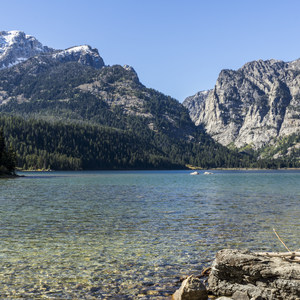
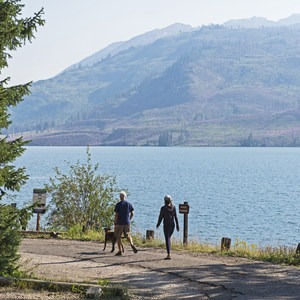
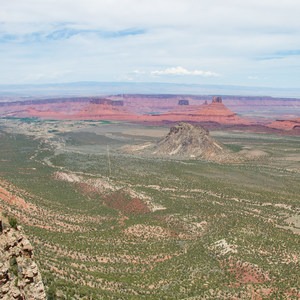
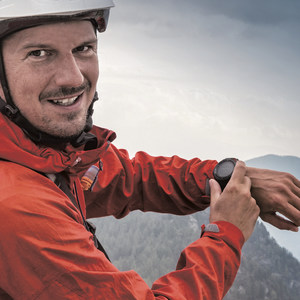
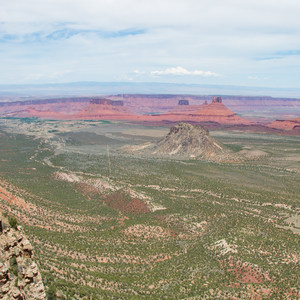
Comments
Sign In and share them.